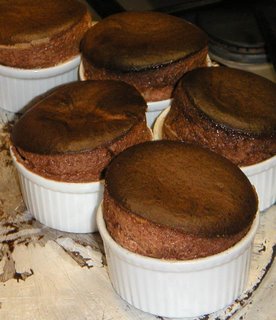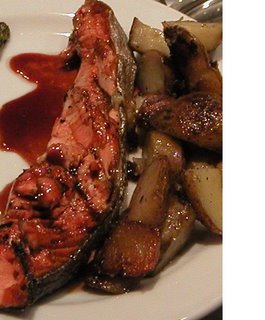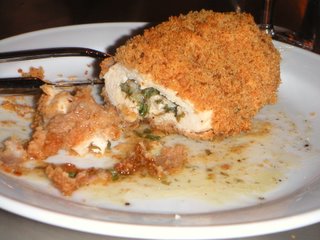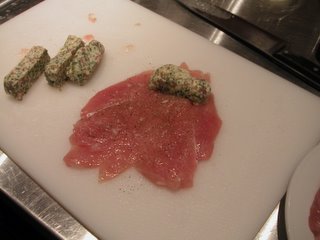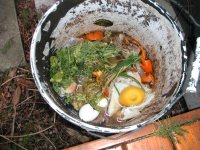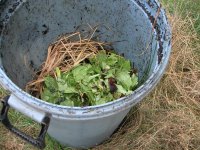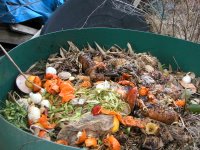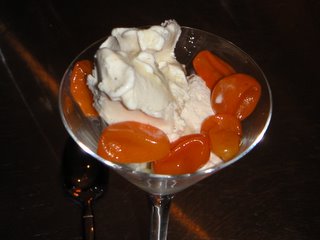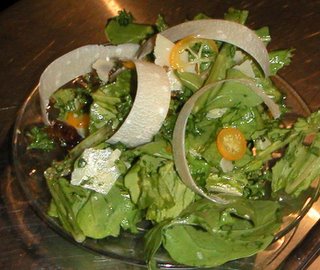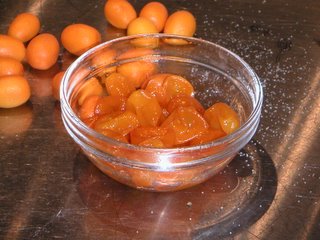I get it--Delicious!
Having spent fours in LA as a grad student, I became aware of all that the city had to offer the culinary world. With visitors and residents from almost every world port, it is no wonder that the cuisine is forward looking and at the same time redolent of all sorts of cultures and traditions. Jeffrey Steingarten in his It Must Have Been Something I Ate wrote that the Los Angeles Times has the best food section in the country--pretty strong words coming from a New Yorker. I am sure if I had been reading that section, and free to dine out more and sample the wonderful food of the city, I would have dropped out of SCI-Arc and applied to the CIA.
There are lots of reasons to love the LAT food section—the beautiful photos, the crisp and lively writing, the great recipes. But here are a few other reasons that I am beginning to prize it over the NY Times:
1. recipes stay online for months, free of charge, even years, under the Print Edition;
2. the entire article is on a single "page" along with the recipes, unlike the NYT, which puts them on separate links;
3. the best recipes of the past year are listed in a “Best of” at years end;
4. the recipe always concludes with the listing of the nutritional value with a breakdown of calories; protein; carbohydrates; fiber; fat; saturated fat; cholesterol; and sodium.
Yet, for such an image conscious city, the graphics of the online food section are TERRIBLE. Honestly, I have seen websites established by families that look better. In no particular order, here are ways that the layout can be improved.
1. Bold the recipe title. Let it be one of the first things that catches your eye, either scrolling ore reviewing printed matter.
2. Reduce the line spacing: too much line spacing needlessly spreads out the recipes, wastes paper, and lets pages get out of order.
3. Be consistent with vertical spacing
4. Move the photos to the left. Certain IE windows may be sized that these bits of eye candy aren’t seen. A photographer went to a lot of work to create that image—don’t waste it.
5. Include links to other related articles or make sure that the other articles are at least recorded (
6. Offset or box-in tips rather than having “(INFO BOX BELOW)”
7. Include it as a section available for wireless-web enabled devices. My firm is paying good money for me to read the LA Times food section on my BlackBerry while I wait in line at REI.
8. In the Print View, let the photographs be included.
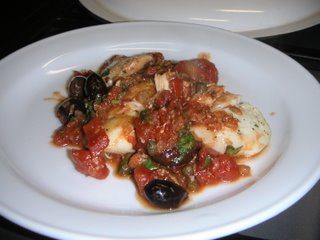 OK, now onto some food:
OK, now onto some food:Amy Scattergood in her Ridiculously simple and crazy good article compares certain dishes to one-liner jokes, quotations, . She imagines “simple sentences that could transmit everything you need to know to make a perfect dish”. For the Halibut Provencal, she writes: “Film a frying pan with olive oil, sear halibut fillets on one side, then flip and add a can of diced tomatoes, minced garlic and shallots, capers, olives and a dash of balsamic vinegar.” The ease of the recipe is summed up quickly and concisely without need for Wickipedia, fancy equipment, or exotic ingredients.
I made the halibut, and it was pretty simple. I did use an enameled cast-iron pan, though, but otherwise followed it to the T. I thought it quite delicious but Dale was making funny faces and looking to the side as if there was someone else there that he hoped would spit it out first. I mentioned that I thought the capers were a bit overwhelming, and even the taste of halibut (at $12.99/#) was overwhelmed. He admitted he found it too briny, and acidic, and the olives weren't as tasty as the nicoise or the oil-cured olives. We figured that the pre-pitted olives sucked up too much brine to be with the capers. Not wanting to add pitting time, we tried it again with oil-cured olives and reducing the capers by half with far better results. I also cooked the shallots a little longer to develop their flavor before adding the garlic; of course, I kept all the heat and basil.
Quick halibut Provençal (Adapted from Amy Scattergood)
Total time: About 15 minutes
Servings: 2
2 tablespoons olive oil
3/4 pound halibut fillets or cheeks rinsed and patted dry
Salt
1 clove garlic, minced
1 shallots, minced
1 cup canned diced tomatoes, drained
1/2 cup pitted oil-cured olives
2 tablespoon capers
1/8 teaspoon red pepper flakes
1/2 teaspoon balsamic vinegar
Freshly ground black pepper6 to 8 basil leaves, torn
1. Heat the oil in a large sauté pan over medium-high heat. Lightly season the fish with salt. Add the fillets to the pan and sear until they have good color, about 4 minutes.
2. Turn over the fillets, reduce the heat to low and cook 1 minute. Remove the fish to a plate and keep warm.
3. Add shallots to the pan and cook, stirring, for 1 minute. Add the garlic and cook, stirring, for an additional minute. Add the tomatoes, olives, capers, pepper flakes, vinegar and one-half teaspoon salt. Sauté 1 minute. Increase the heat to medium and simmer for about 2 to 3 minutes, until the vegetables are cooked through and the sauce is bubbly. Add the fish back into the sauce during the final minute of cooking.
4. Transfer the fillets to a platter, spoon the sauce over and sprinkle with freshly ground pepper and the torn basil. Serve immediately.

